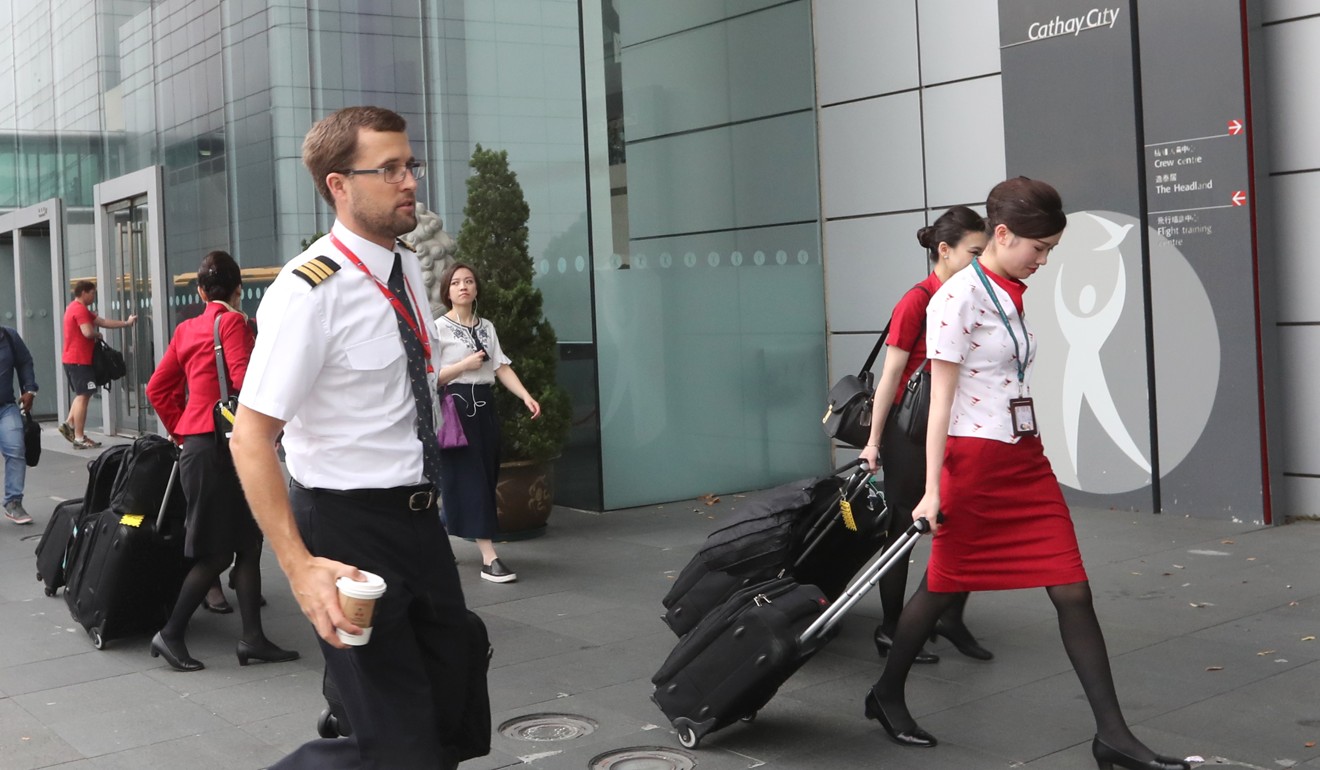
Hong Kong needs to train more local flight crews to make business aviation fly
Diana Chou says making young jobseekers aware of opportunities in the growing business aviation sector and sharpening their English skills would help Hong Kong fend off a looming talent crisis
Hong Kong faces an acute shortage of aviation technicians and pilots for business aircraft. Unlike commercial airlines, which are often associated with their national identities, business aviation operators specialise in smaller aircraft that cater to emergency medical services and corporate users. This means the sector often lacks the mass awareness and clout of national airlines, and also faces stiff competition from other industries favoured by jobseekers.
With double-digit growth expected in the business aircraft fleet of Greater China over the next decade, we are reaching a critical bottleneck in our industry.
Firms look to sell private jets amid lack of take-off and landing slots in Hong Kong
China is now the world’s top business travel market, having overtaken the US last year. Our research shows that cash-rich, time-poor entrepreneurs in mainland China, Hong Kong and Taiwan, who wish to charter personal jets, have fewer options than their counterparts elsewhere in Asia, such as Australia, Singapore and Thailand.

Zhuhai Airport could act as Hong Kong’s ‘fourth runway’
Civil aviation training firm CAE forecasts that 255,000 new pilots will be required over the next 10 years to sustain the growth of commercial air transport and support global pilot retirements.
Asia’s brightest students must be made aware of the opportunities in the growing business aviation sector and linked with vocational training options for engineers and technicians, pilot cadet schemes and student scholarships. More student internships and higher visibility at career fairs could be explored.
Hong Kong’s business aviation currently relies on professionals from Western Europe and North America. This is not sustainable
English skills are a prerequisite, and more must be done to improve the language and communication proficiency of our entry-level flight crews. This is where Singapore, with English as an official language, has been able to shine. The city state has several overhaul facilities for engine and aircraft component makers, and is a regional centre of excellence for technical aviation manpower training.
Business aviation companies must be willing to invest in talent management, remuneration, and human resource processes and tools, to attract and retain skilled professionals. This includes better employer branding, career path management and reward systems.
Hong Kong crackdown on business jets could force operators to use mainland airports
Hong Kong’s business aviation currently relies on professional aviation consultants, pilots and engineers from Western Europe and North America, but this is not sustainable in the long run, as global demand grows non-stop. Ideally, we will nurture more local flight crews to serve our market.
Diana Chou is founder and chairwoman of L’VOYAGE, a Hong Kong-based private jet charter company
